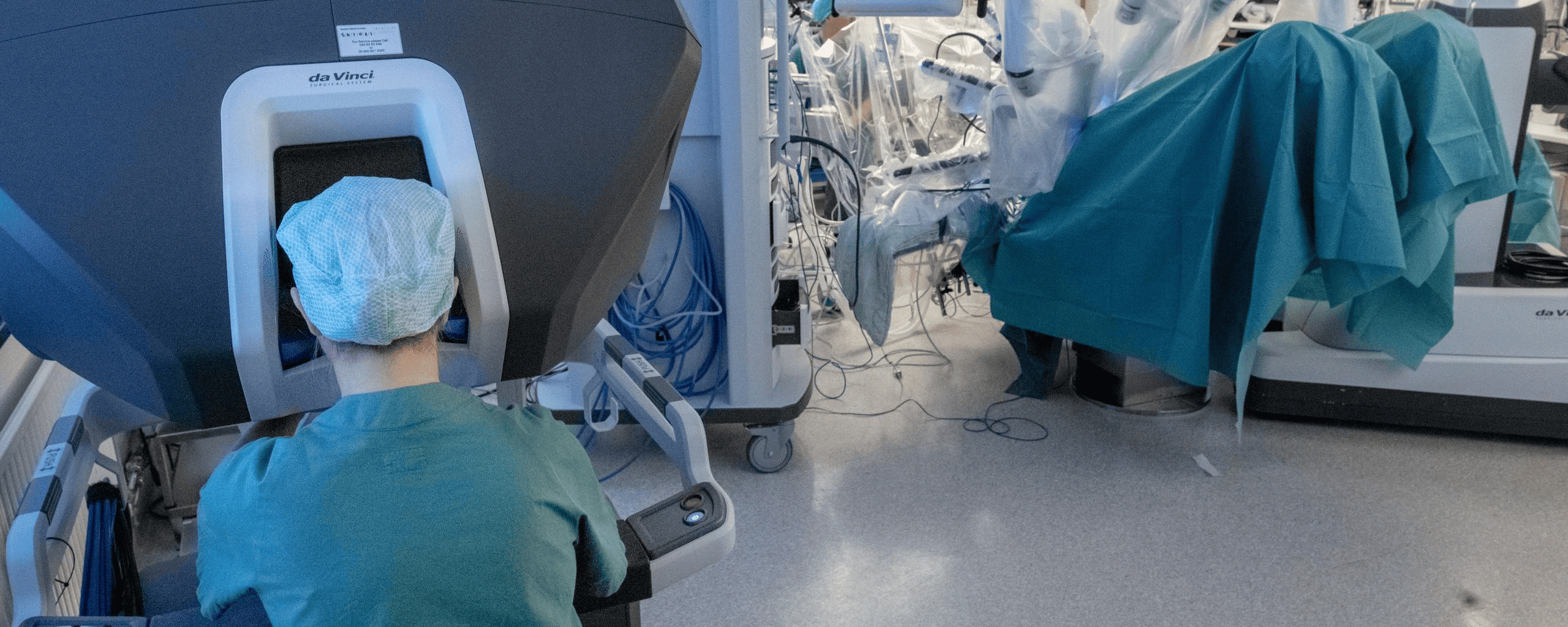
Microsurgical robots are set to redefine surgical procedures. These robots, controlled by surgeons, translate human movements into precise, scaled-down motions, enhancing surgery accuracy. The robots are predicted to expand the scope of microsurgery, potentially tapping into a $2.5 billion market opportunity. In addition, robotic-assisted microsurgery offers benefits like high-definition magnification and eliminating physiological tremors. These advancements could lead to improved patient outcomes, fewer complications, and reduced healthcare costs, heralding a new medical era.
- Microsurgical robots translate human movements into precise, scaled-down motions, enhancing surgery accuracy.
- These robots improve the overall outcomes for the patients, as doctors can be more precise.
- In addition, these robots can also detect and treat early signs of cancer.
Entering a new era of precision
Microsurgical robots offer an unprecedented level of control and precision in surgical procedures. The Symani surgical system, developed by Medical Microinstruments (MMI) SpA, offers motion scaling ranging from 7:1 to 20:1, a significant leap forward in microsurgery. This technology, known as motion scaling, mitigates peripheral motions and time delay effects in remote surgery, reducing surgical errors and improving task completion time.
MUSA-3, developed by Microsure, another key player in the field, is considered the world’s best microsurgical robot. It is designed to assist surgeons in performing delicate procedures, such as suturing tiny blood vessels. The robot can scale down movements and filter out vibrations for greater precision. These advancements not only enhance the surgeon’s capabilities but also improve the overall outcomes for the patient.

Revolutionizing cancer treatment
Researchers at the University of Leeds have developed a tiny magnetic tentacle robot that can travel deep into the lungs to detect and treat early signs of cancer. This robot can reach smaller bronchial tubes with less tissue damage than standard equipment. By traveling 37 percent deeper into the lungs, this tiny robot offers a more accurate and less invasive approach to lung cancer treatment.
Additionally, the STORM Lab at the University of Leeds has developed two independent magnetic robots that can work together in confined areas of the human body. They successfully performed endonasal brain surgery, with one robot controlling a camera and another a laser for tumor removal. This development enables diagnostic and surgical procedures in small anatomical spaces, previously inaccessible or highly risky for manual intervention.
The da Vinci system: pioneering robotic surgery
The da Vinci surgical system, the only FDA-approved commercially available system for robotic surgery, has been successfully used in various disciplines, including plastic surgery, ear, nose, and throat surgery, hand surgery, orthopedics, and urology. This system offers several advantages, such as high-definition magnification, a stable, ergonomic platform, eliminating physiological tremors, and motion scaling.
Furthermore, adjunctive tools such as Firefly fluorescence imaging, micro-Doppler sensing and ultrasound imaging, and Vein Viewer technology enhance the capabilities of robotic microsurgery. For instance, Firefly fluorescence imaging provides real-time visualization of anatomical structures, improving surgical precision.

Looking to the future
While the high cost of microsurgical robots remains a significant barrier, especially in lower-income regions or hospitals, the potential reduction in healthcare costs due to fewer complications and post-operative treatments provides a strong argument for their implementation. With a standard da Vinci surgical robot coming in at $2 million, cost reduction in robotic systems is a crucial development area.
Despite the cost, the impact of microsurgical robots on patient outcomes cannot be overstated. The application of such technology is not only set to improve the precision and safety of current surgical procedures, but it also enables new interventions that are currently impossible to perform manually. The development and adoption of microsurgical robots represent a significant leap forward in medical technology, with the potential to shape the future of healthcare.

